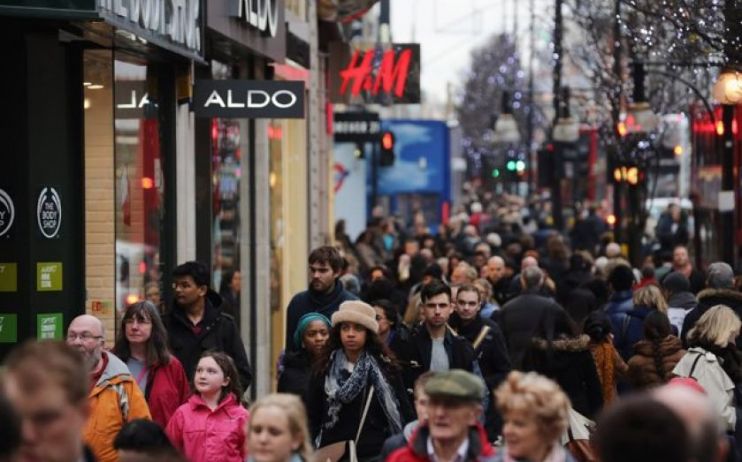Major UK retailers suffer plunging in-store profit margins
Major UK retailers have suffered plunging store-based profit margins as operating costs soar in an increasingly challenging market.
Store-based profit margins for the top 150 UK retailers have more than halved in less than a decade, dropping from 8.8 per cent in 2009/10 to 4.1 per cent in 2017/18.
Read more: UK retail sales flat in September as department store sales fall
The drop has been driven by a dramatic increase in operating costs, which have increased by 10.8 per cent in the last five years, inflexible leasing arrangements and changing shopping habits.
Meanwhile, large UK retailers now occupy 20 per cent more store space than they need and can financially justify, new research has found.
Business rates, which rose to £7.5bn last year, wage increases and the impact of the Apprenticeship Levy have put profitability under more pressure, according to a report by professional services firm Alvarez & Marsal and Retail Economics.
Alvarez & Marsal managing director and head of restructuring for Europe Richard Fleming said: “Most of the UK’s biggest retail brands are in the midst of a fight for survival.
“We have already seen some high profile casualties, and many more are on life support.”
Demand for UK retail space is at its lowest since 2007, with secondary locations such as local shopping centres and high streets suffering the worst declines in footfall.
However, Fleming added that reports of the death of the high street “have been greatly exaggerated.”
Millennials and Generation Z continue to value the role of physical shops, particularly flagship destinations and experiential stores.
“We’re entering a new era of retail, presenting opportunities for forward-thinking incumbents, entrepreneurs and investors,” he said.
Read more: Retail footfall down ten per cent in 7 years amid high street troubles
“Those that collaborate with landlords and local authorities will be the big winners going into the next business cycle.
“This needs to involve striking the right balance between retail and leisure through strategic partnerships, nimble pop-up schemes, agreeing temporary rent cuts that allow companies to reshape their debt and operational structure, or adopting turnover-based rents where retailers and landlords stand or fall together.”
Main image credit: Getty
